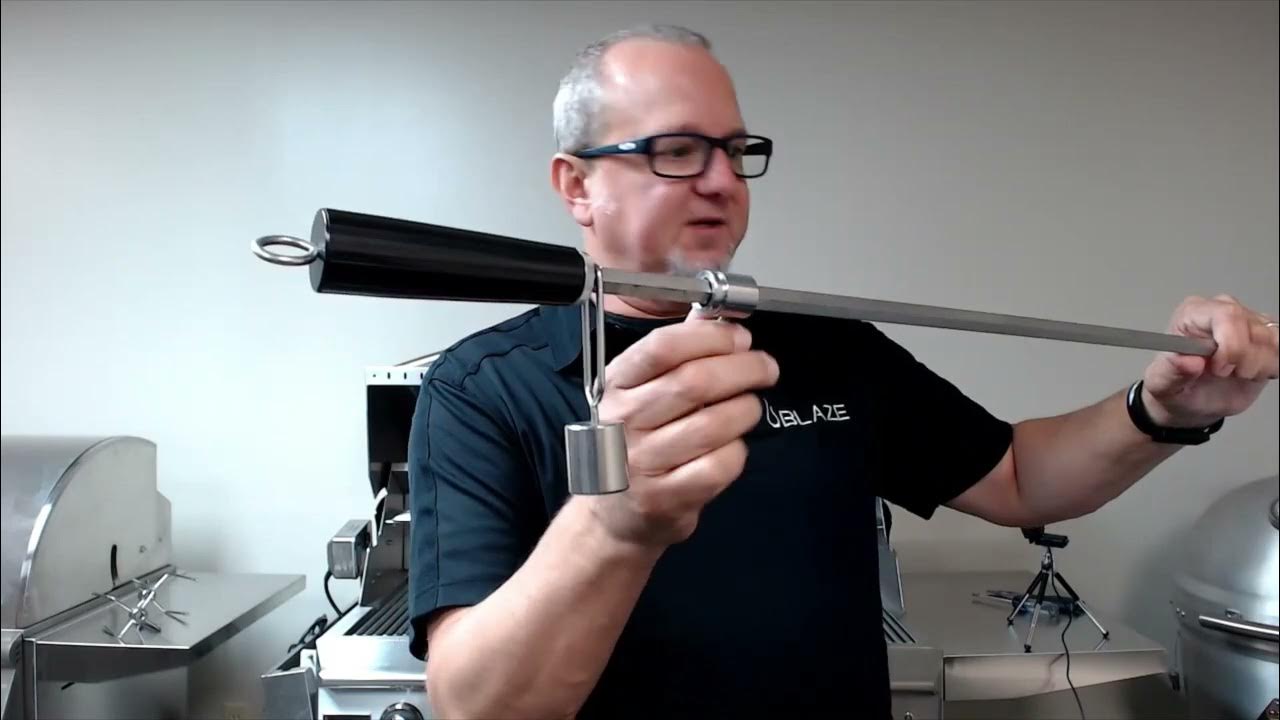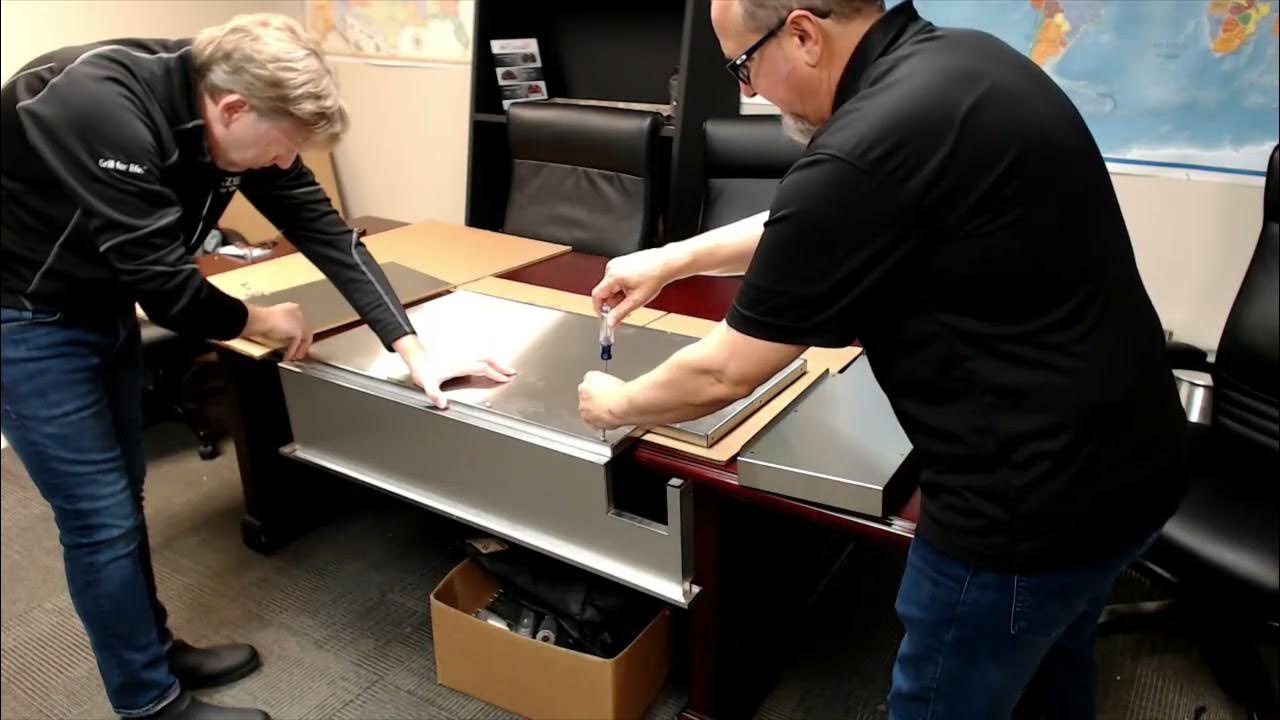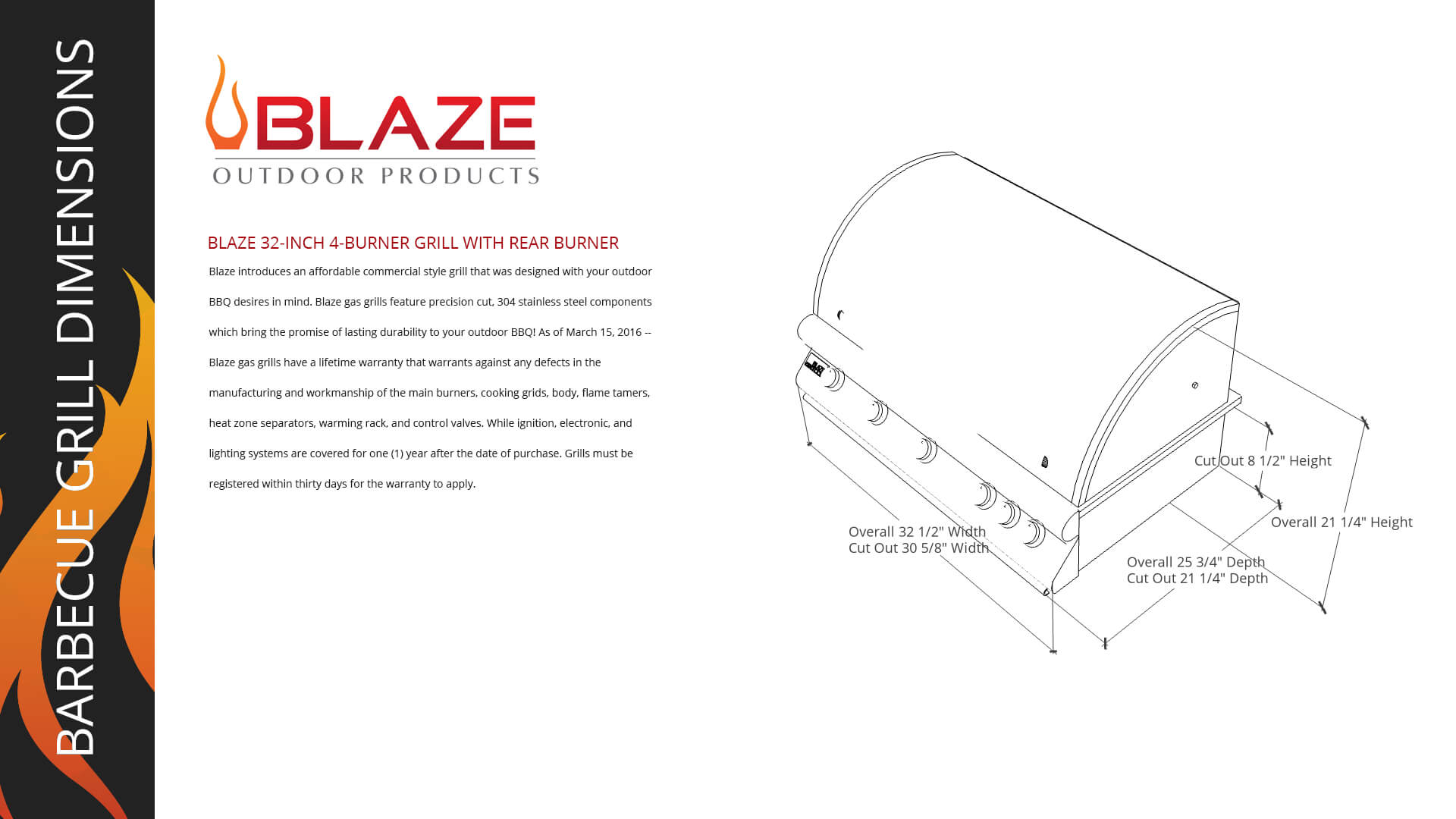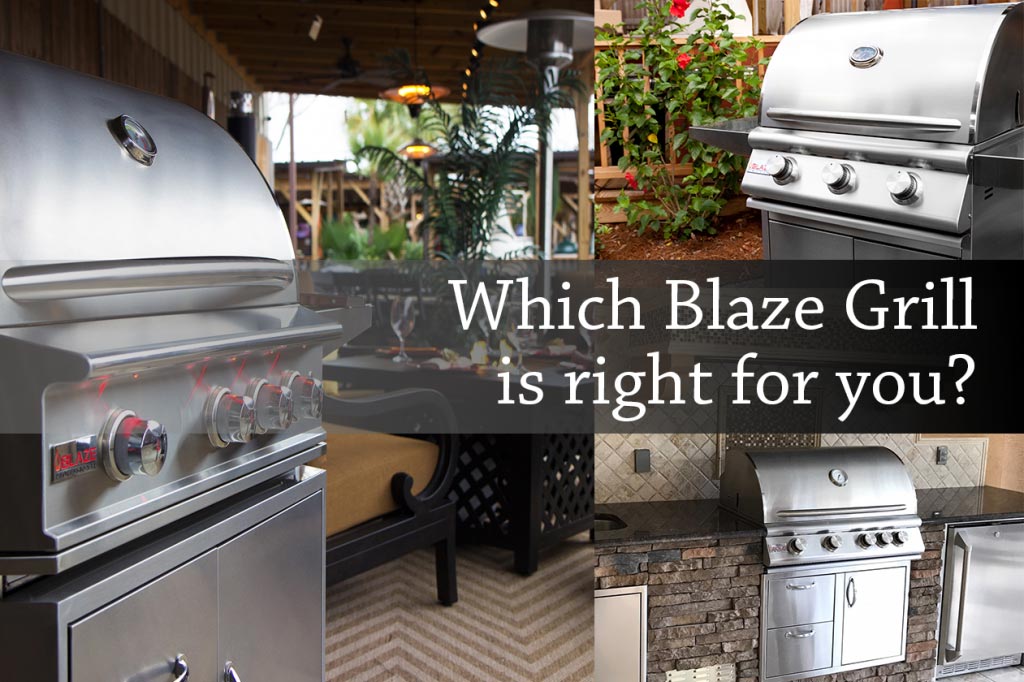Blaze Grill Installation Video

Choosing a new heating or cooling system is a significant investment, impacting your comfort, energy bills, and property value. With so many options available, navigating the landscape of HVAC systems can feel overwhelming. This guide provides a comprehensive overview to help you make an informed decision, covering key features, efficiency ratings, brand comparisons, and essential maintenance considerations.
Understanding HVAC Basics: A Glossary of Terms
Before diving into specific brands and models, it's crucial to grasp the fundamental terminology used in the HVAC industry. Here’s a breakdown of essential concepts:
- AFUE (Annual Fuel Utilization Efficiency): This rating measures the efficiency of a furnace in converting fuel (natural gas, propane, or oil) into usable heat. A higher AFUE percentage indicates greater efficiency and lower fuel consumption. Look for furnaces with AFUE ratings of 80% or higher for improved energy savings.
- SEER (Seasonal Energy Efficiency Ratio): This rating measures the cooling efficiency of an air conditioner or heat pump. A higher SEER rating means the system consumes less electricity for the same amount of cooling. The minimum SEER requirement in most regions is 14, but higher ratings (up to 25) offer significant energy savings.
- HSPF (Heating Seasonal Performance Factor): This rating specifically applies to heat pumps and measures their heating efficiency. Similar to SEER, a higher HSPF rating indicates greater efficiency and lower heating costs. Look for HSPF ratings of 8 or higher for optimal performance.
- BTU (British Thermal Unit): BTU measures the amount of heat required to raise the temperature of one pound of water by one degree Fahrenheit. In HVAC, BTU represents the heating or cooling capacity of a system. Selecting the correct BTU output is crucial for properly sizing your system to your home’s square footage and climate.
- Single-Stage, Two-Stage, and Variable-Speed Systems: These terms describe the operating capacity of a furnace or air conditioner. Single-stage systems operate at a fixed speed, while two-stage systems offer two speed settings for improved comfort and efficiency. Variable-speed systems provide the most precise temperature control and energy savings by modulating their output based on demand.
Top HVAC Brands: A Comparative Analysis
Several reputable brands dominate the HVAC market, each offering a range of models with varying features and price points. Here’s a comparison of some leading brands:
Carrier
Carrier is renowned for its high-efficiency and technologically advanced HVAC systems. Their offerings include furnaces, air conditioners, heat pumps, and packaged systems. Carrier often leads the industry in SEER and AFUE ratings, though this performance comes with a premium price tag.
Pros: High efficiency, advanced features (like smart thermostats and zoning control), durable construction.
Cons: Higher upfront cost, potentially more complex repairs.
Example Models: Carrier Infinity Series (top-of-the-line), Carrier Performance Series (mid-range).
TraneTrane is another highly respected brand known for its reliability and long-lasting performance. Their units are built to withstand harsh conditions and offer excellent energy efficiency.
Pros: Durable, reliable, wide range of models to suit different budgets.
Cons: Can be slightly noisier than some other brands, higher repair costs for some models.
Example Models: Trane XV20i (high-efficiency air conditioner), Trane S9V2 (high-efficiency furnace).
Goodman
Goodman offers a more budget-friendly option without sacrificing essential performance. While their units may not boast the highest SEER or AFUE ratings, they provide reliable heating and cooling at a lower upfront cost.
Pros: Affordable, good warranty coverage, readily available parts.
Cons: Lower efficiency compared to premium brands, may not have as many advanced features.
Example Models: Goodman GSX14 (air conditioner), Goodman GM95 (furnace).
Rheem
Rheem is a popular brand offering a good balance of performance, features, and price. Their units are known for their quiet operation and innovative technologies.
Pros: Quiet operation, innovative features, good value for money.
Cons: Can be prone to certain specific repairs, less readily available in some regions.
Example Models: Rheem Prestige Series (high-efficiency), Rheem Classic Series (mid-range).
Lennox
Lennox is known for its quiet operation and energy-efficient systems. They often have some of the highest SEER ratings available, but tend to be on the expensive side.
Pros: Very Quiet, high-efficiency, reliable.
Cons: Very Expensive, some replacement parts can be costly.
Example Models: Lennox SL280V (high-efficiency furnace), Lennox XC25 (high-efficiency air conditioner).
Choosing the Right System: Key Considerations
Selecting the ideal HVAC system for your home requires careful consideration of several factors:
- Climate: Your local climate significantly impacts the type and size of system you need. Colder climates require more robust heating systems, while warmer climates demand efficient cooling solutions.
- Home Size and Insulation: The square footage of your home and the quality of its insulation directly affect the BTU capacity needed for both heating and cooling. A poorly insulated home will require a larger, more powerful system.
- Energy Efficiency Goals: Determine your priorities regarding energy savings and long-term operating costs. Investing in a higher-efficiency system with a higher SEER or AFUE rating can save you money on your utility bills over time.
- Budget: Set a realistic budget for your HVAC system, considering both the upfront cost and the potential long-term savings from energy efficiency.
- Local Rebates and Incentives: Check for local, state, and federal rebates or tax credits that can help offset the cost of a new energy-efficient HVAC system.
Understanding Warranties and Maintenance
A comprehensive warranty is essential for protecting your investment in a new HVAC system. Pay close attention to the terms and conditions of the warranty, including the duration of coverage for different components and any exclusions.
Regular maintenance is crucial for extending the lifespan of your HVAC system and ensuring optimal performance. Schedule annual maintenance checks with a qualified HVAC technician to inspect, clean, and tune your system. These checks typically include:
- Cleaning or replacing air filters
- Inspecting and cleaning coils
- Checking refrigerant levels
- Inspecting ductwork for leaks
- Testing electrical components
- Lubricating moving parts
Installation Matters: Finding a Qualified Contractor
Even the best HVAC system will underperform if it's not installed correctly. Selecting a qualified and experienced HVAC contractor is critical for ensuring proper installation and long-term reliability. Look for contractors who are licensed, insured, and have a proven track record of quality workmanship. Get multiple quotes and check online reviews before making a decision.
A professional installer can also ensure the HVAC system is properly sized for the home. An oversized or undersized system will result in inefficiency and higher energy bills.
Pricing Considerations
The cost of a new HVAC system varies depending on several factors, including the brand, model, size, efficiency rating, and installation complexity. Generally, expect to pay anywhere from $4,000 to $12,000 or more for a complete HVAC system installation.
While price is an important consideration, it shouldn't be the sole determining factor. Investing in a higher-quality, more efficient system can save you money in the long run through reduced energy bills and lower maintenance costs.
Conclusion: Making the Right Choice
Choosing a new HVAC system is a significant decision that requires careful research and planning. By understanding the key terminology, comparing different brands and models, and considering your specific needs and budget, you can make an informed choice that ensures your comfort and saves you money for years to come. Don’t hesitate to consult with a qualified HVAC professional to get personalized recommendations and ensure proper installation.










